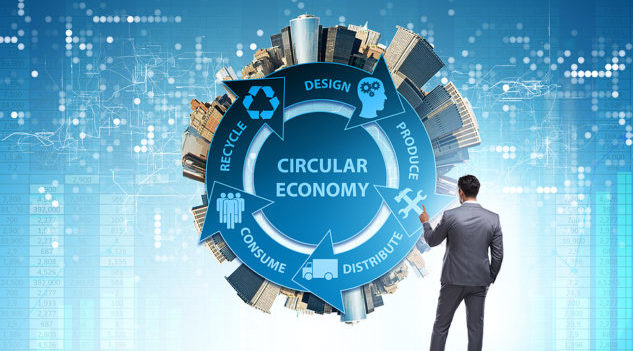The implementation of a circular economy or business model is nothing new, having left the world of academic theory and entered the business world some seven or eight years ago. Essentially, a circular economy is one that exchanges the typical cycle of make, use, dispose in favour of as much re-use and recycling as possible. The idea is that new business opportunities and revenue streams can be generated while minimising environmental degradation through excess waste.
Through the circular economy model, a business can recoup funds that would traditionally be spent in dealing with waste, saving the business, suppliers, and customers money. And, importantly, it will satisfy the rising customer demand (and younger employees) for more responsible and sustainable business practices.
Our Sustainable Re-set Report, released late last year, found that 85 per cent of consumers feel it is important for businesses to adopt more sustainable practices, such as reducing food waste, to aid Australia’s economic recovery from the devastating impact of COVID-19.
While there is an obvious environmental benefit for embracing a circular business model, there is also a significant financial benefit as well. Australia is the fourth highest contributor to food waste per capita in the world and food waste costs the economy an estimated $20 billion a year.
Environmental technologies and solutions that leverage IoT can help give businesses more visibility and greater control over their food waste. We call this “business consumption intelligence” and it has helped us turn something that was once purely guesswork into a measurable system that is accurate and viewable in real-time. This has already resulted in lower costs for customers, as well as the potential to create jobs as costs are saved, which is essential in our post-COVID recovery.
While there are methods and technologies available for business to embrace the circular economy, any proposed major changes away from the take-make-dispose linear structure is likely to require government incentives. This could be in a variety of ways including new legislation, potential subsidies and tax breaks.
However, despite the potential of the circular economy, local, state and federal governments have been wanting when it comes to implementing the model. we found that more than six in ten SME owners believe all levels of government including Federal (62 per cent), State (64 per cent) and local (67 per cent) can do more to address the issue of food wastage, while over two-thirds of consumers believe state (68 per cent) and federal (67 per cent) governments should be doing more to address this issue.
Twelve months ago, faced with the devastating impact of the most severe bushfire season in living memory, the issues of climate change and sustainability were gaining momentum in this country. We should be placing them squarely back on the agenda to help deal with the challenges that lie ahead. The majority of Australian small businesses and consumers believe there is an important link between the circular economy and our recovery from the impacts of COVID-19 in 2021.
We’ve seen our counterparts in the UK, EU and the UAE increase their efforts in sustainable practices as they see it is a key component of economic and social prosperity, we’re likely to see a similar policy direction in the US following the recent election and the research shows there is a clear mandate for our own government to follow suit.
Australian small businesses and their customers are becoming more concerned about food-related wastage and emissions as a driver of climate change and a barrier to economic prosperity. As a nation, we must work towards a circular economy in order to achieve financial sustainability and a better future.
Jeff Olling, Chief of Stakeholder Relations, iugis










